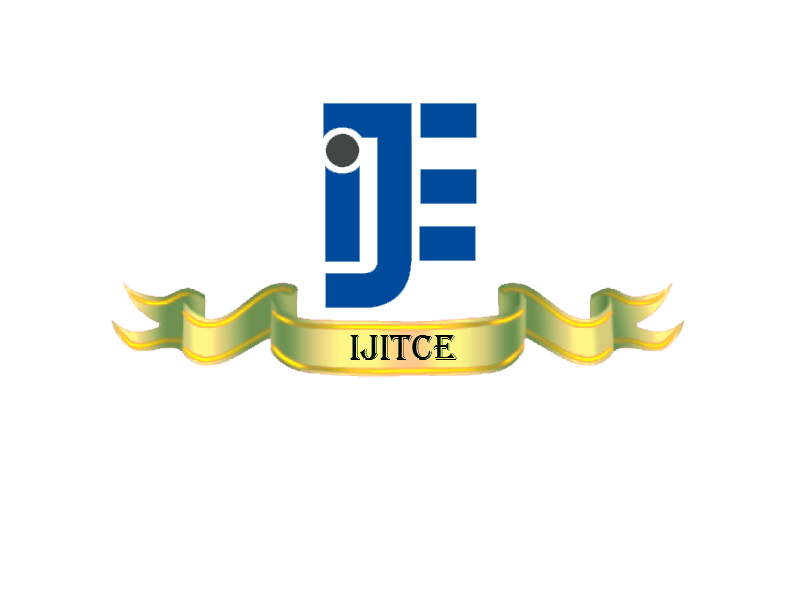September 2014 Issue Vol.4 No.9
Deformation and fracture mechanism during forging of Sintered preform
https://archive.org/download/vol4no901/vol4no901.pdfRajesh Rana
Assistant Professor
Department of Mechanical Engineering
RPS Group of Institutions Mahendergarh (Haryana)
Abstract: Metal powder technology is currently arousing global interest as an economic method of producing components from metal powders. The process is attractive because it avoids large number of operations, high scrap losses and high-energy consumption associated with the conventional manufacturing processes such as casting, machining, etc. The properties of the metal powder products are comparable and in some cases even superior to those of cast and wrought products. The bulk processing of metal powder has therefore wide industrial applications because of good dimensional accuracy and surface finish with enhanced load bearing capacity of the component. So far this technology has been developed and employed without substantial theoretical background. A systematic approach is important to analyze and predict, the behavior of powder perform. Such as, the deforming loads necessary to deform the product plastically, or the density of the product, etc. In conventional wrought metal forming analysis, volumetric constancy is assumed for the deforming material, but this assumption cannot be made in the plastic deformation of porous metals where density does not remain constant and changes with load. The present work will help academician and the person associated with metal powder working in analyzing various properties. Sinter-forging has been commercially exploited in recent times for developing requisite product.
Keywords: Sintered Preform, Compaction, Metal Forming, Deformed load, Porous Metal.
